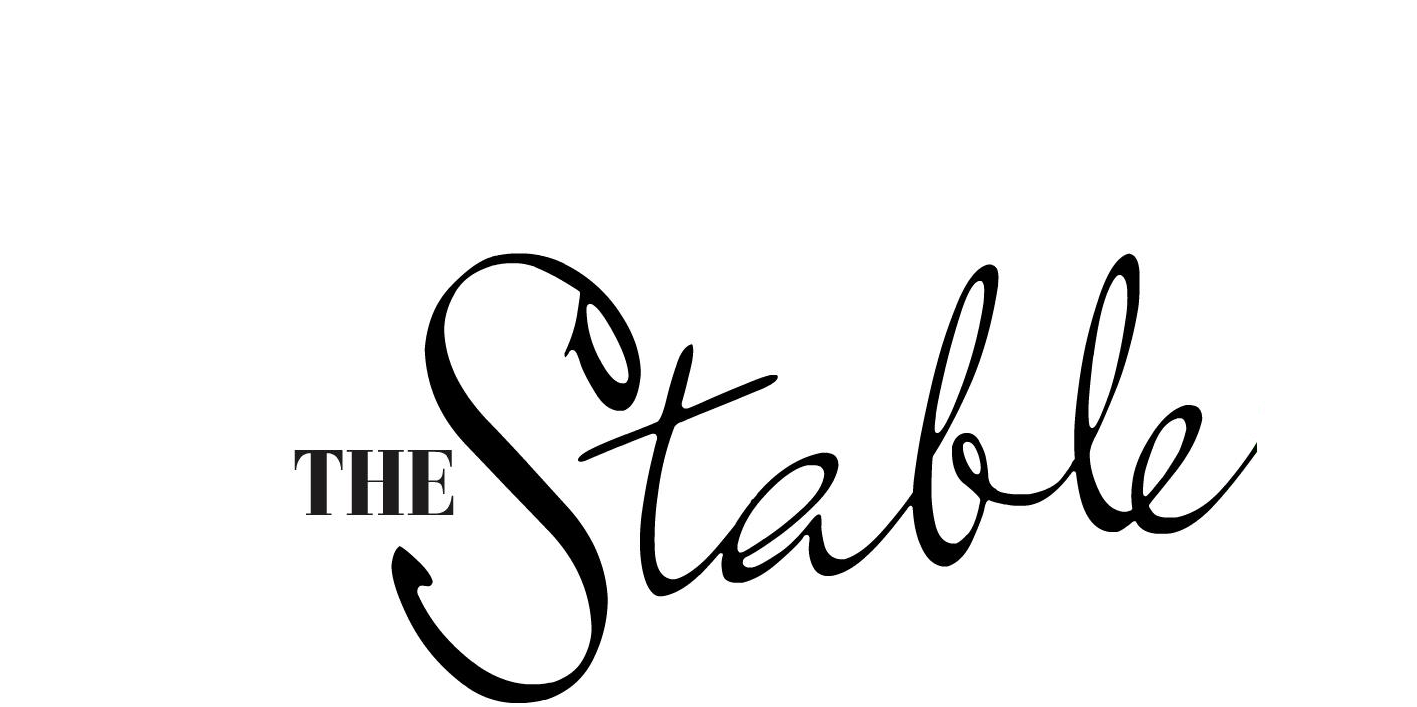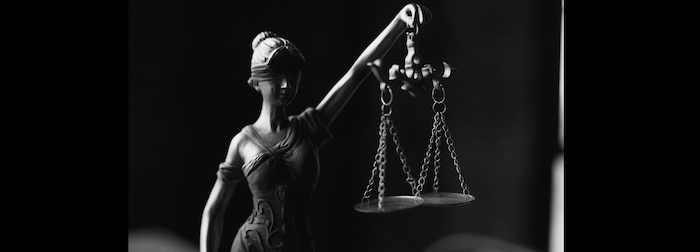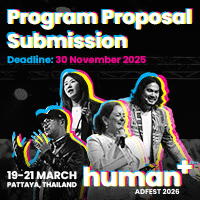Aka, separating explaining from mansplaining.
It’s a sad truth of human behaviour. We all judge. We quickly form an impression of someone from the moment we lay eyes on them. It’s called a first impression for a reason, right? It’s an impression. There’s a much-quoted stat that says you form an opinion within 7 seconds of meeting someone. And that impression is right over 75% of the time.
But recent studies by the big brains at Princeton University have proved we can get an accurate impression of someone in 0.1 second. The blink of an eye. Or the flicker of a Zoom screen.
What does that have to do with mansplaining?
Had an interesting conundrum recently. I was in an online meeting with a new client – someone I hadn’t met face-to-face. Young. Influential. Early in her career. Keen to make an impact. She was important to the agency, so everyone was on their best behaviour.
The meeting was going well until one, critical moment. I won’t share the details, but the client was about to make a mistake. A mistake which was going to damage the idea. Make it connect less well with the audience. Generate less response.
I was faced with a choice:
- Ignore it and let the work suffer, knowing the agency would cop it for poor results
- Call it out and try to talk the client back from the cliff – gently and carefully of course.
I waded into Option B. But as soon as I began to speak it became obvious there was a larger issue at play. Something unavoidable. The thing I see in the mirror every morning.
I’m an old, white man.
I’ve written previously about the industry’s obsession with youth. And this is not a rant about experience equaling respect. It doesn’t and it shouldn’t. Respect has to be earned. But, surely, experience still counts.
What do you do in a situation where you can legitimately say; “I’ve seen this before and it didn’t end well.”? Where’s the line between explaining as a man and mansplaining? My age, skin colour and gender put me in the ‘condescending male’ box.
Truth is, we’re all going to face this more-and-more as adland gets more-and-more diverse. You could be pigeon-holed into the Asian, young, female box. Or a middle-aged, indigenous gender-fluid box.
When first impressions dominate conversations we all miss out.
Now, I can hear the defensive brigade screaming that I’d judged the client. Which is 100% true. But that judgement didn’t cloud my listening. It didn’t affect my will to understand the challenges. Or my contribution. Or my determination to collaborate for the best result.
So, what do we do?
The key is to look beyond the superficial. To listen. To keep an open mind. Maybe we all need to switch our Zoom cameras off for a month. Maybe then we’ll truly listen to what’s being said instead of judging who’s saying it.
Or did I just mansplain again?
Rob Morrison is a rarity in advertising – a grey-haired creative. Rob’s experience includes time as a Creative Director at Ogilvy, BWM (now Dentsu Creative), George Patts (now VMLY&R), Campaign Palace and Wunderman. He now runs his own consultancy – morrison.collective.
Here are two more opinion pieces from Rob Morrison:
















